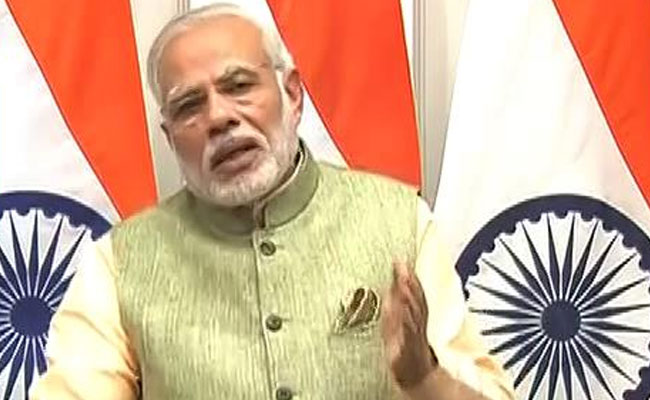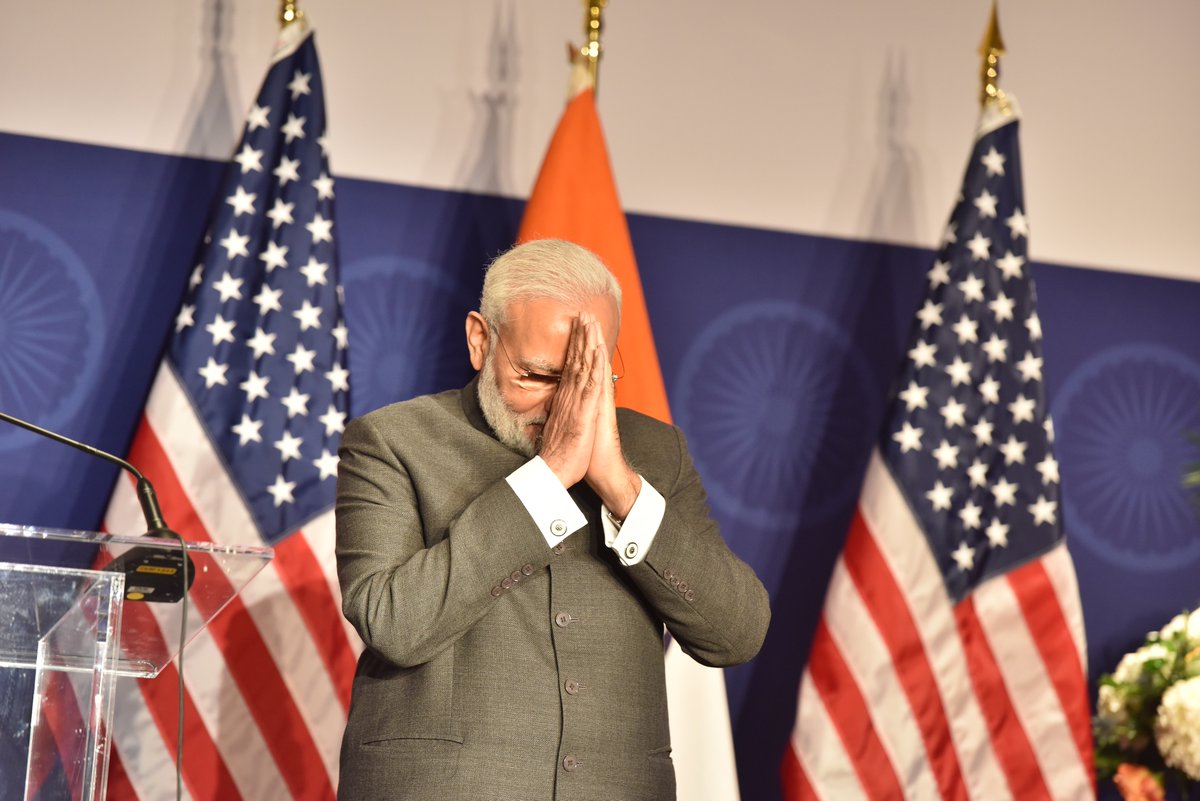By Ranjana Narayan
New Delhi– As India prepares to celebrate the silver jubilee of its partnership with ASEAN in a big way, a key border trade link with Myanmar, the closest neighbour of the vibrant Southeast Asian bloc, continues to be hobbled by infrastructure and other issues — 22 years after it was launched.
India’s border trade with Myanmar takes place mainly through Moreh, in Manipur’s Chandel district, which links with Tamu, located in Sagaing in northwest Myanmar. There is another border trade point through Zowkhathar in Mizoram with the corresponding point Rhi in Myanmar, but Moreh is the biggest border trade point.
 Though India and Myanmar signed the border trade agreement on January 21, 1994, and it was made operational the following year, the bilateral border trade figure stands at $50 million — a poor comparison to Myanmar’s trade with China, which was around $6 billion last year.
Though India and Myanmar signed the border trade agreement on January 21, 1994, and it was made operational the following year, the bilateral border trade figure stands at $50 million — a poor comparison to Myanmar’s trade with China, which was around $6 billion last year.
Myanmar has four border trading points with China, of which the one at Muse, in northern Shan state, is the biggest. Around 80 per cent of Myanmar’s formal overland trade with China passes through this post that links with Ruili, in China’s Yunnan province.
While China has pumped in massive amounts of money to build modern infrastructure at Ruili and also in Yunnan province to boost connectivity with Myanmar, the infrastructure at the India-Myanmar border post, Moreh, is still inadequate. An Integrated Check Post (ICP) at Moreh has been in the works for the past 10 years and is yet to be completed.
Besides the difficult terrain and militancy that adversely affect border trade at Moreh-Tamu, India in December 2015 officially put an end to the barter system, or trading of goods without exchange of money. According to Myanmarese media reports, the ending of barter trade “killed” India-Myanmar border trade.
Professor Priyoranjan Singh, an economist at Manipur University, says that since the Government of India notification ending barter trade, “the present state is that formal trade, or normal official trade, stands at zero, and informal, or illegal trade — or head load trade — is going on”.
He told IANS that there was a “huge information gap” between the two sides, including among the traders. “Our own Indian customs agency does not know the customs duty that Myanmar imposes on Indian goods,” he said.
Singh, who has expertise in the field, feels that “seriousness is not there” in India on boosting border trade, while China exhibits “huge seriousness, which is something Myanmar likes”.
Gautam Mukhopadhyay, former Indian envoy to Myanmar, says there are reasons for China’s border trade with Myanmar being more robust than India.
“First, Yunnan is a much better connected and more productive gateway from China to Myanmar than the Northeast of India to Myanmar. Secondly, for any Northeastern state of India to match China in cross-border trade, the region has to become a net producer than consumer, and better connected to the main productive regions of India,” Mukhopadhyay said.
He said efforts were being made in that direction. “But it will take some time and better coordination between our development, commercial and strategic policies for us to match China.”
He said the government has tried to address the issue of low volumes by liberalising cross-border trade and moving to the Most Favoured Nation trade status, but there was a “need for a reliable system to determine countries of origin of goods”. A lot of goods from China are available in the markets in the region.
Economist Ram Upendra Das, head of the Centre for Regional Trade, an autonomous institute under the Commerce Ministry, in his report on ‘Enhancing India-Myanmar border trade’ released last year by the ministry, says: “A major cause of discontent among local traders is that the pace of construction of Moreh ICP is very slow.”
Das told IANS that “it is very important that border trade is conducted through formal channels”, which would help increase the volume as India has slashed the tariff in a majority of items to zero, which means no border tax.
“There is an information gap and lack of understanding among the traders” on the benefits of conducting trade through the formal channel, he said. Informal trade would also give rise to corruption, in the form of levy imposed by militant groups and bribes, he added.
On China developing the infrastructure in Myanmar, Mukhopadhyay says: “China has made huge investments into power and extractive industries for its own interests, but very little into employment-intensive industries that really benefit Myanmar. China has been able to convert its more selfish investments into greater political clout than India. This is something we need to think about.” (IANS)





